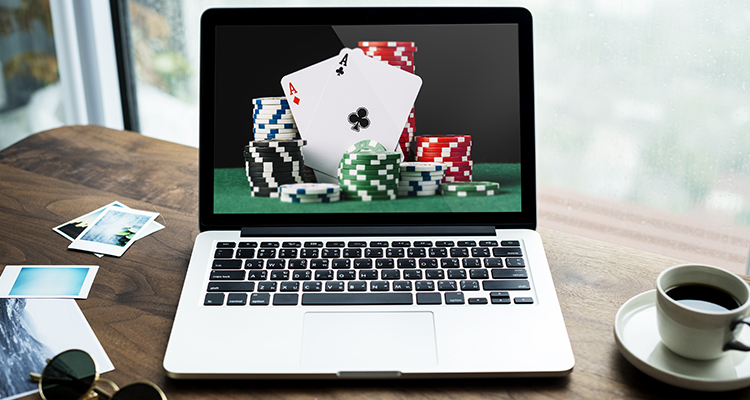10 Low-Limit Online Poker Tells that Help Expose Your Opponent’s Hand

Jon Sofen 06:31 Jul 20th, 2018 101 Poker
Playing low-limit games online can be a pain in the butt sometimes. You’re often going to be facing opponents that will play any two cards, call off bets with weak hands, and could have any random hand at any time. That makes it difficult to get a read on what your opponent is holding. However, if you pay close attention for the following 10 low-limit poker tells, you’ll figure it out.
1. THE MIN-BET, MIN-BET, OVERSIZE BET
Bad poker players don’t know how to maximize profits with a monster hand. They often think that if they bet big they’ll scare you away. So in order to trap you and make you think they’re weak, they bet real small (so, say, $5 into a pot of $100) on the flop, do it again on the turn to keep you in the pot, and then bet really big (i.e. $150 into a pot of $100) on the river.
2. BET, CHECK, BIG BET
Low-limit poker players simply don’t know how to disguise a drawing hand. Many will take a stab at the flop in order to build the pot for when they hit their draw. But the bad players won’t continue disguising the hand on the turn and will, instead, just check. If you catch a player do this and then bet big on the river when a made draw card doesn’t come through, you’re probably up against a busted draw.
3. ANY CHECK-RAISE
There’s nothing more difficult to pull off than a check-raise bluff. Even the bad players know that. So when you get check-raised at the low-limit tables, you almost always should assume your opponent has a big hand. Check-raise bluffs are almost exclusively used at the higher limit tables.
4. QUICK CALLS A DRAWING BOARD
Like I said, weak players do a poor job disguising a draw. So instead of putting in a raise with a flush draw in position to disguise the hand, they will just quick call you and hope to hit the draw on the turn. You aren’t going to get many weak opponents off a flush draw, so if you get quick-called on the flop and the 3rd card of a suit doesn’t hit on the turn, you had better put in a big bet.
5. CHECK, CHECK, CHECK
Unless your opponent is really creative, which is highly unlikely at this level, you should feel pretty safe throwing out a bet on the river if it has been checked to you 3 times. 3 straight checks indicates weakness. You should always fire out a bet in this scenario.
6. CONTINUATION BETTOR CHECKS FLOP IN POSITION
A continuation bettor is one that always bets the flop after raising before the flop. Continuation bettors almost always bet out the flop regardless of what hits. They do this to make it difficult to decipher their hand strength. However, when a continuation bettor checks the flop, especially in position, there’s a good chance your opponent flopped a monster such as a straight or set. Proceed with caution.
7. THE OVERSIZED BET
This one requires you to pay attention to your opponent’s play in previous hands. When an opponent bets bigger than the size of the pot, they either have the nuts or jack squat. Most of the time, they don’t have anything and are betting big to scare you off the pot. But, again, this one depends on how your specific opponent has been playing. If you are new to the table, fold your hand and wait until you get a read on your opponent.
8. BET, CHECK, BET USELESS RIVER CARD
If your opponent raises pre-flop and then continuation bets, they may have connected or they may not have. If they then check the turn, there’s a pretty good chance they just have a couple of big cards (i.e. AK). If the river brings a useless card such as a deuce and they bet out, you can rest assured any pair is good.
9. BET, CHECK, BIG BET ACE ON RIVER
This one is the same as the last hand, except your opponent connected on the river. When your opponent that raised pre-flop bets the flop and then checks the turn, there’s a good chance they’re holding nothing but Ace-high. So if the river brings an Ace and your opponent puts in a big bet, your opponent has an Ace.
10. TIGHT PLAYER RAISES
If the tightest player at the table enters the pot with a raise, you are almost always up against a premium starting hand. Unless you have the goods, you had better fold.
On This Page



